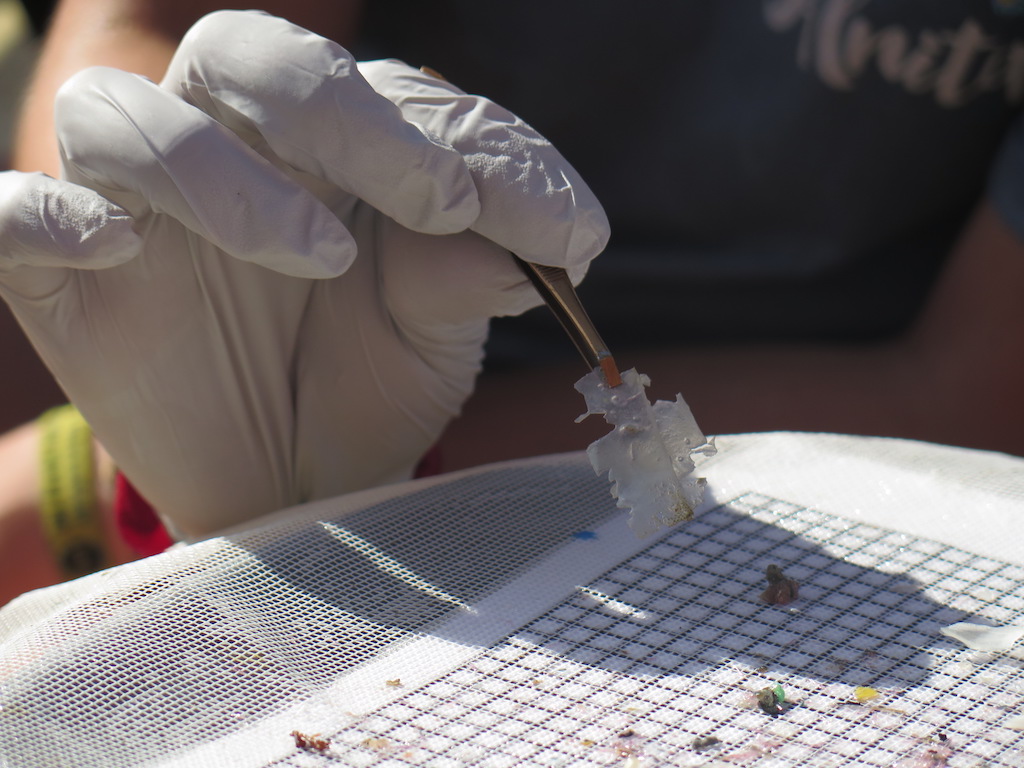3 Mins Read
New research from Asia to the UK has revealed that microplastic pollution is much wider in scope and scale than previously imagined. The latest studies show that microplastic contamination has been found not only near industrial plants or city water supplies, but is also prevalent in rural areas, as well as in everything from water to table salt to seafood and activists and regulators alike are sounding the alarm on this now global health and environmental crisis.
Global single-use plastic use and convenience culture has devastating consequences for our oceans and the environment. According to the Ocean Conservancy, we pollute our oceans with 8 million tonnes of plastic every single year (with some sources alleging the figure to be as high as 13 million) – on top of the estimated 150 million tonnes of existing plastic waste. At our current rate, plastic could outweigh fish in the sea by 2050, warns a report from the Ellen McArthur Foundation.
Microplastics are particularly harmful as they can take hundreds of years to degrade- salt water and lower water temperatures slow this down even further. They are almost impossible to remove from seawater. Microplastics can come from a range of sources, from disposable plastics and synthetic clothing to car tyres and plastic pellets used in manufacturing. They end up in the ocean due to littering, rain and wind, and sewage waste, as well as from sunlight degrading plastic pollution like water bottles.
It isn’t just an environmental issue – microplastics can pose health risks to humans. Marine animals often mistake microplastics for food, which means that many seafood lovers are consuming these tiny plastic particles. Salt is another culprit- over 90% of table salt in a recent study were found to be contaminated. Microplastics have also been consumed by people from Europe to Asia through contaminated tap water.
A new Singaporean study has found that the microplastics harbour harmful bacteria. Researchers at the National University of Singapore (NUS) revealed that more than 400 types of bacteria could be found in local beaches. These microbes were not only linked to coral reef degradation, but also wound infection and gastroenteritis in humans.
Research lead of the study Dr Sandric Leong said: “[Microplastic pollution] could lead to the accumulation and subsequent transfer of marine pathogens in the food chain”.
Another study based in the United Kingdom, found microplastic pollution in lakes, rivers and reservoirs across the country. Published in Nature Geoscience, the research alarmingly reveals that contamination is not just concentrated in urban water supplies, but is also prevalent in the countryside and remote areas.
“Given their pervasive and persistent nature, microplastics have become a global environmental concern and a potential risk to human populations,” said study researcher Rachel Hurley from the University of Manchester.
Recent facts and figures demonstrate the severity of microplastic pollution. From China’s Yangtze River to the groundwater in the United States, this is an urgent global problem. Serious changes need to be made to tackle the flow of plastic pollution that is causing harm to the environment and our health. We can each contribute by ditching single-use disposables and recycling properly, but we also need to start pressuring governments for legislation to curb microplastic use.
Act Now: How to Break Up With Single-Use Plastic
Lead image: Flickr (no copyright).




